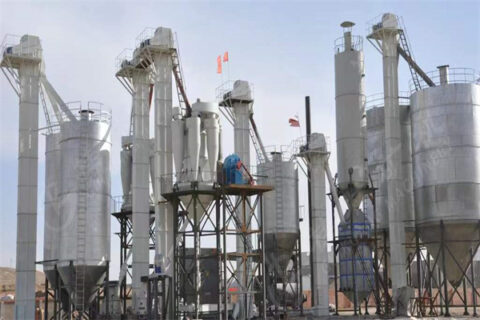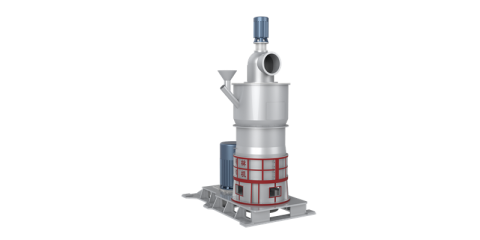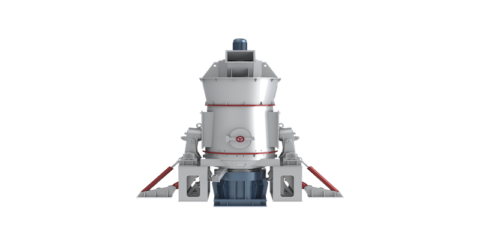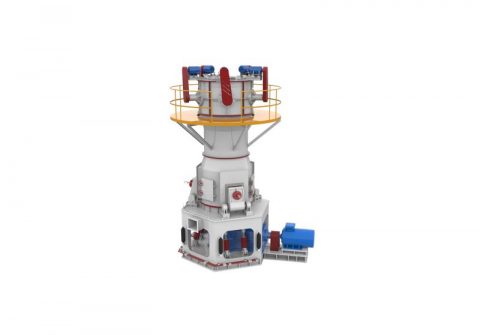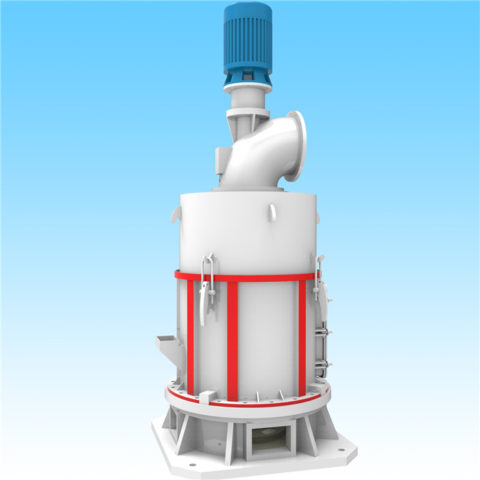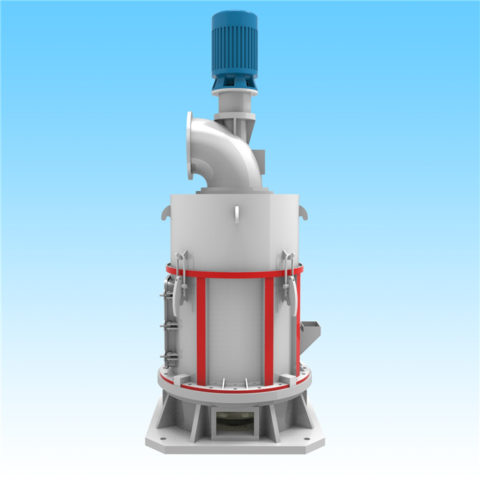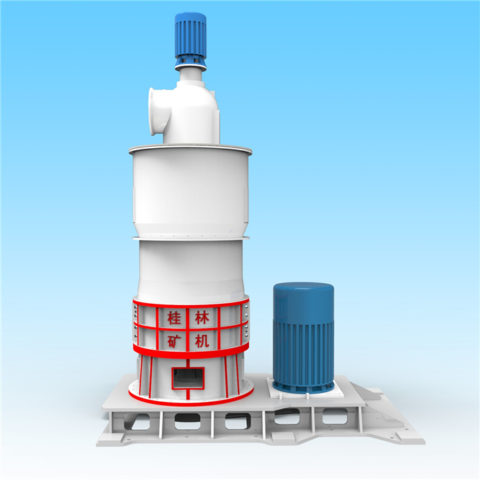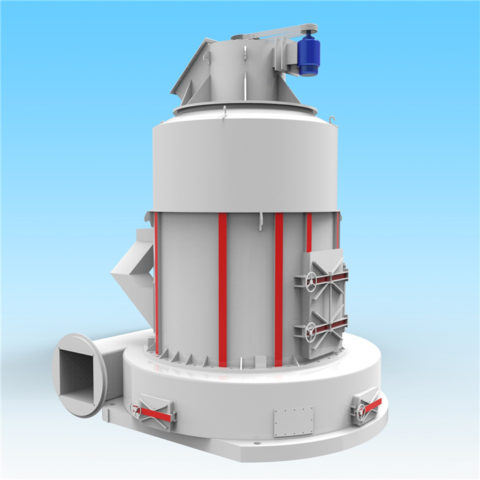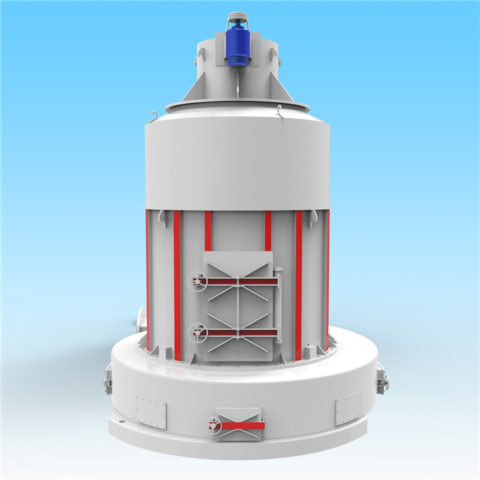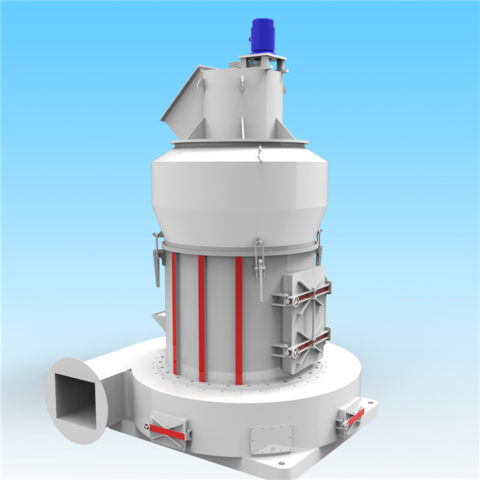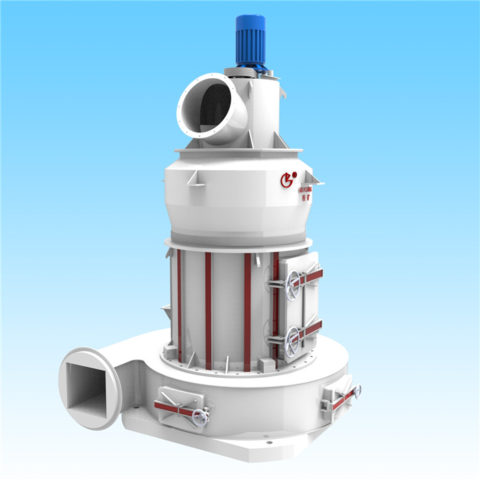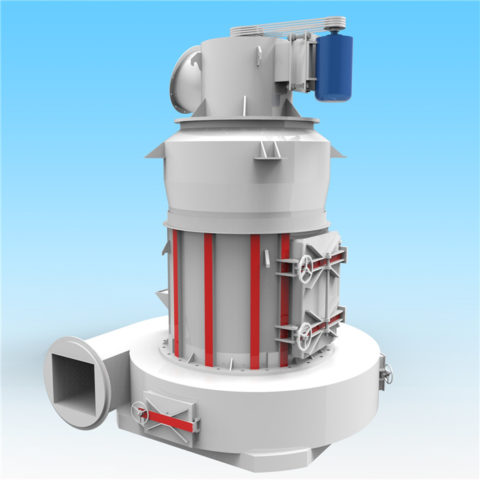Crushing is the process of reducing the size of solid particles into definite smaller sizes. Jaw crushers are major size reduction machines used in mechanical, metallurgical and allied industries. The crusher crushes the feed by some moving units against a stationary unit or against another moving unit by the applied pressure, impact, and shearing or combine action on them. They are available in various sizes and capacities ranging from 0.3 ton/hr to 50 ton/hr. They are classified based on different factors like product size and mechanism used. Based on the mechanism used crushers are of three types namely Cone crusher, Jaw crusher and Impact crusher.
Fracture occurs in the feed material when the strain developed in it due to sufficiently applied impact forces, pressure or shearing effect exceeds the elastic limit .Generally crushers are very rugged, massive and heavy in design. The contact surfaces are equipped with replaceable liners made from high tensile manganese or other alloy steel sheet having either flat or corrugated surfaces. Shearing pins or nest in heavy coiled springs are provided in the crusher to guard against shock and over load.
A crusher may be considered as primary, secondary or fine crusher depending on the size reduction factor.
a) Primary crusher – The raw material from mines is processed first in primary crushers.. The input of such crushers is relatively wider and the output products are coarser in size. Example – Jaw crusher, Gyratory crusher.
b) Secondary crusher- The crushed rocks from primary crusher are sent to secondary crusher for further size reduction. Example – Cone crusher, reduction gyratory crusher, spring rolls, disk crushers etc.
c) Fine crushers- Fine crushers have relatively small openings, and are used to crush the feed material into more uniform and finer product.

